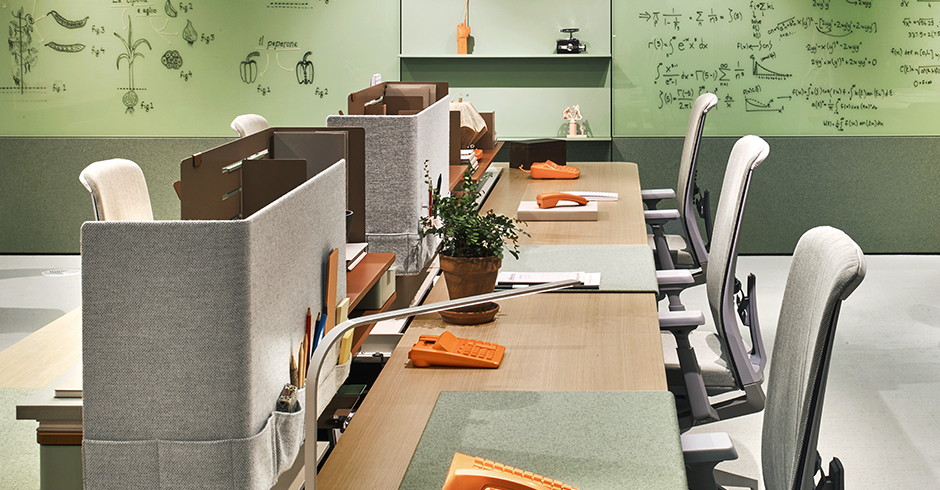Upholstery plays an essential part in how your furniture looks and feels, as well as adding color and texture to a room.
Reupholstery projects for beginners may not always be suitable; in such instances it may be wiser to consult an expert. If your job requires extensive repairs or requires specialization services to complete successfully.
1. Tools
No matter if you’re just beginning, or looking to take professional upholstery jobs on, certain tools are necessary. Some are considered essential, while some might simply come in handy.
A staple remover is used to quickly and safely extract broken staples from furniture and other objects. Resembling a screwdriver in appearance, but featuring an unconventional V-shaped prong instead of its usual Phillips or flathead end.
2. Fabric
Before selecting fabric for furniture upholstery projects, carefully consider how often and what kind of maintenance the piece will need. If it will experience high levels of use and wear-and-tear, select durable yet easy-care fabric that can withstand repeated washings.
Cotton, linen, wool and silk fabrics make excellent choices for reupholstering furniture; however, natural fabrics tend to be more costly and susceptible to staining over time.
3. Staple gun
A staple gun is an invaluable power tool when it comes to DIY furniture upholstery projects. Utilizing industrial staples, these guns use staples that hold fabric and wood together securely.
Staples are heavy and thick, which allows them to securely fasten upholstery material more effectively than nails or pins. Plus, their use helps guarantee that it won’t split.
There are various types of staple guns on the market, from manual, electric and pneumatic options, designed to assist with upholstery projects quickly and efficiently.
4. Nails
Decorative nails, commonly known as upholstery tacks, can add detail and flair to any piece of furniture. From straight rows along the edge of chairs to curvier patterns on dressers – decorative nails come in all shapes and sizes!
To use them, first make a mark on the furniture’s fabric using either an erasable fabric marker for fabric or white chalk for leather furniture. Once marked, measure out nail heads and draw a parallel line extending from that first mark – these will help get your project underway!
5. Nail gun
Nail guns are one of the essential tools for furniture upholstery projects, as it enables you to drive nails more easily into surfaces quickly and efficiently, speeding up project completion.
What kind of nail gun you need depends on the projects in mind. Framing nail guns are best used for heavy construction jobs while finish nailers are designed for light carpentry projects.
Your nail gun must also be safe for both you and other users. It should include features to reduce accidents such as anti-jamming and dry fire lockouts, along with an anti-jamming nosepiece that firmly presses against surfaces when firing nails.
6. Padding
Upholstery can be an expensive investment, so protecting it from direct sunlight exposure by opting for lighter fabric colors is of the utmost importance. Choose these fabrics when placing furniture in rooms where there’s ample sunlight.
Upholstery can be an integral component of any home’s design and comes in various sizes, shapes, and colors – it adds comfort, style, and durability all at the same time!
7. Finishing touches
No matter if it is furniture, accessories or art for your home, the finishing touch is crucial to creating an inviting living space that you love coming back to each time. Interiors change over time as does personal taste – therefore having pieces that tie everything together and give the space an appealing, well-designed and functional feel can only serve to make it better!
Finishing touches are usually straightforward: simply re-stapling your fabric or adding trim around staples or canvas tacks will do. Your finished product should look professional.




